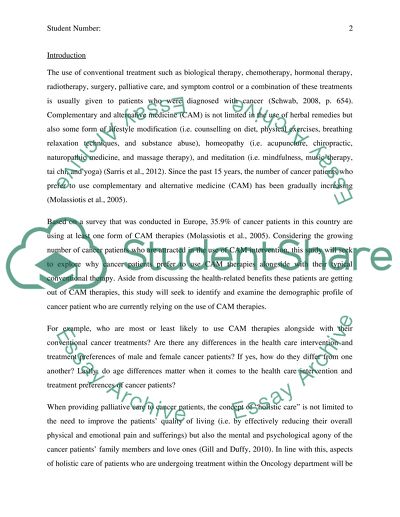Cite this document
(“Cancer Patients: Analyzing the Influence of Ethnicity, Culture, Age Essay”, n.d.)
Cancer Patients: Analyzing the Influence of Ethnicity, Culture, Age Essay. Retrieved from https://studentshare.org/health-sciences-medicine/1474246-dch-with-reference-to-a-holistic-approach-to
Cancer Patients: Analyzing the Influence of Ethnicity, Culture, Age Essay. Retrieved from https://studentshare.org/health-sciences-medicine/1474246-dch-with-reference-to-a-holistic-approach-to
(Cancer Patients: Analyzing the Influence of Ethnicity, Culture, Age Essay)
Cancer Patients: Analyzing the Influence of Ethnicity, Culture, Age Essay. https://studentshare.org/health-sciences-medicine/1474246-dch-with-reference-to-a-holistic-approach-to.
Cancer Patients: Analyzing the Influence of Ethnicity, Culture, Age Essay. https://studentshare.org/health-sciences-medicine/1474246-dch-with-reference-to-a-holistic-approach-to.
“Cancer Patients: Analyzing the Influence of Ethnicity, Culture, Age Essay”, n.d. https://studentshare.org/health-sciences-medicine/1474246-dch-with-reference-to-a-holistic-approach-to.


